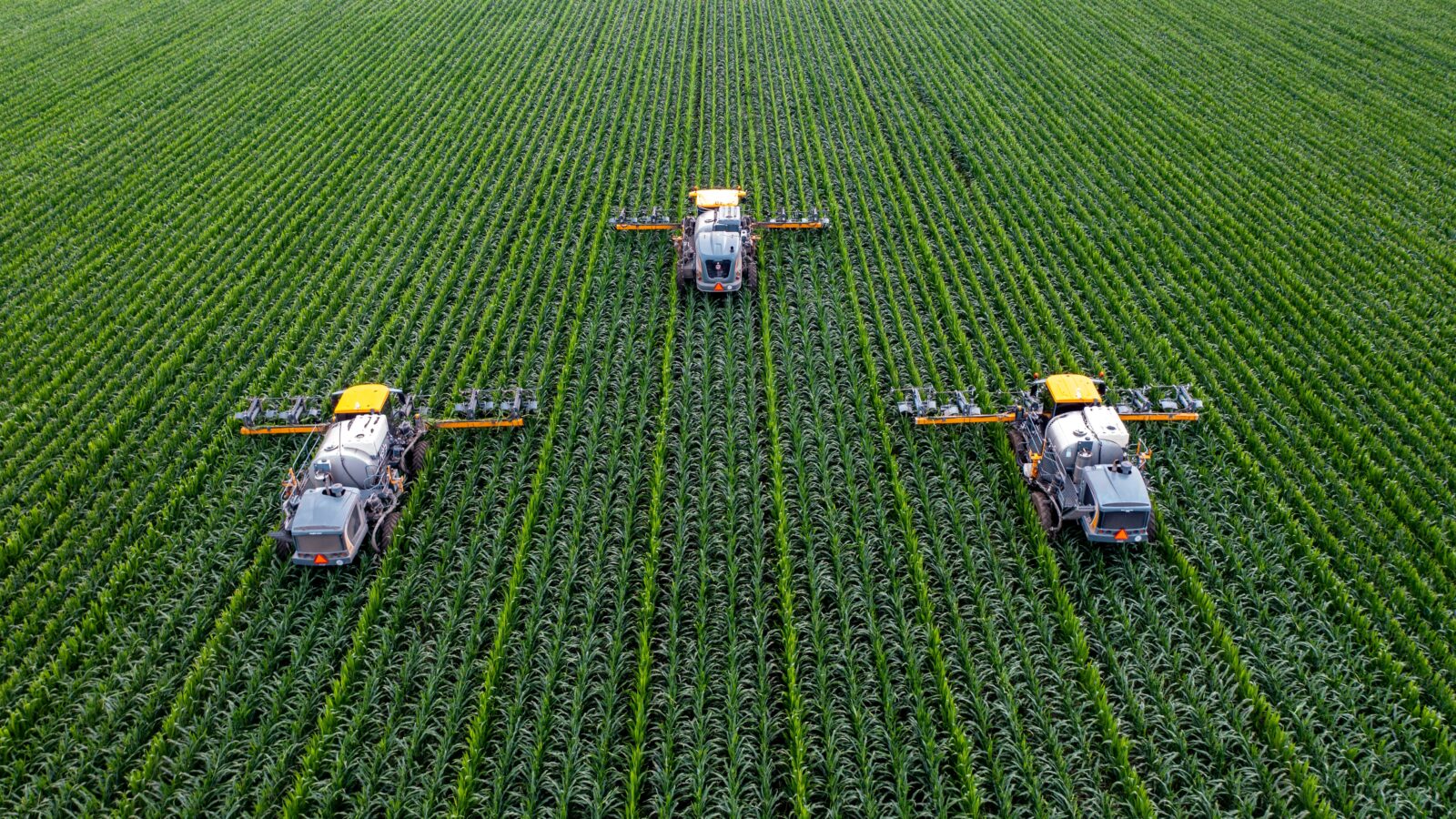
U.S. agriculture is increasingly more sustainable by doing more with less. That is one of the findings of a USDA Economic Research Service report on how natural resources (land and water) and commercial inputs (such as energy, nutrients, and pesticides) are being used in U.S. agriculture.
 According to Agricultural Resources and Environmental Indicators, from 1948 to 2015, agricultural output grew 1.48% per year, while aggregate input use increased by only 0.1%. This is due in part to the adoption of precision technologies, which has led to more efficient resource use.
According to Agricultural Resources and Environmental Indicators, from 1948 to 2015, agricultural output grew 1.48% per year, while aggregate input use increased by only 0.1%. This is due in part to the adoption of precision technologies, which has led to more efficient resource use.
For example, by 2016, 15-40 percent of U.S. farms used variable-rate application equipment, which adjusts input application rates depending on field conditions. This allows for extremely localized crop production management, enabling U.S. farmers to be better stewards of the land.
Advances in technology impacting sustainable agriculture have also improved water-use efficiency, and continued investment in water conservation across farms is expected to bring further gains. In the 17 Western States, use of more efficient pressurized sprinkler systems to apply irrigation water increased between 1984 and 2013 from 28 to 59 percent of total applied water, with a corresponding decrease in use of less efficient gravity systems during the same period.
U.S. farmers are also taking better care of the resources they already have. One example is a growing adoption of soil health and soil conservation practices, resulting in less soil erosion. Between 1982 and 2012, erosion on cultivated cropland due to water and wind declined by 45 percent.


